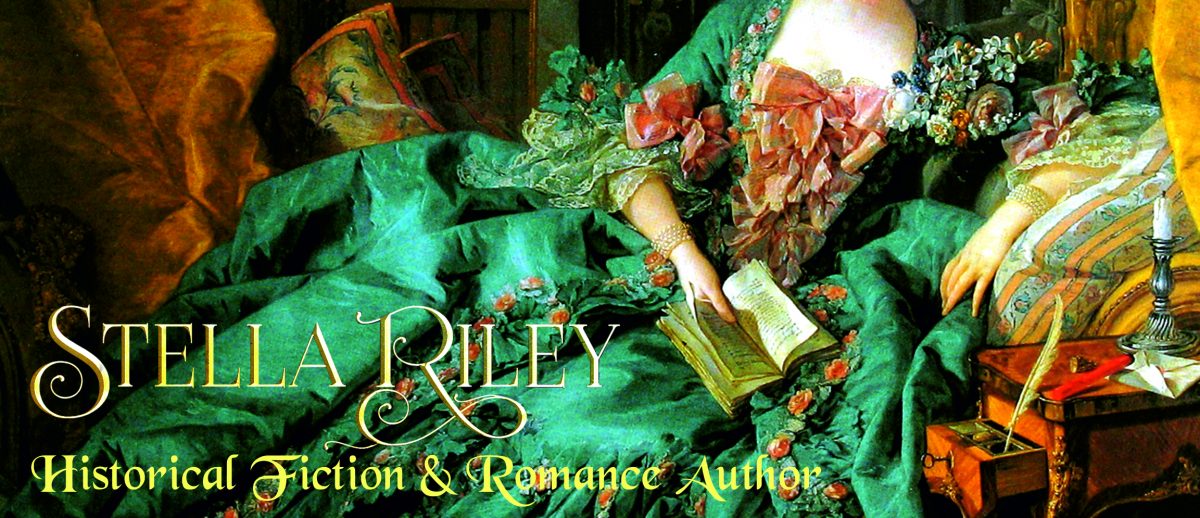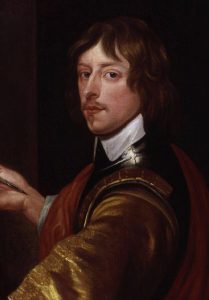CHARLOTTE DE LA TREMOILLE
COUNTESS OF DERBY
1599-1664
Of all the ladies who defended hearth and home in the absence of their menfolk, Lady Derby is probably one of the most well-known.
Born at Poitou in France, Charlotte was the daughter of the Duc de Thouars and Princess Charlotte Brabantine of Orange-Nassau. She was a grand-daughter of William the Silent and like her cousin, Prince Rupert of the Rhine, she came from the world of Calvinist royalty and the high nobility of Europe.
In 1626, Charlotte married James Stanley, Lord Strange, in a splendid ceremony in The Hague. But when the couple returned to the English court, they found little favour with either Charles 1 or Henrietta Maria and retired to their principal family seat at Lathom House, a few miles north-west of Manchester, where they lived quietly for the next fifteen years.
Everything changed in 1642. Civil War broke out and James’ father died, making him the 7th Earl of Derby. High-handed, confrontational and reputedly quarrelsome, the new Earl was no favourite with the Lancashire Roundheads; and Charlotte, regardless of her Huguenot connections, had no love for the Puritans – looking on them as rebels, not only against the King, but also against her own family. With the stage thus set, Lord Derby rode off to fight for Charles 1 … and Charlotte was left to hold Lathom House.
Lathom was a fortified palace, dating from the time of Henry V11. Surrounded by turreted battlements and a moat, it was difficult to storm and virtually impossible to bombard. The first summons to surrender came in 1643 and Charlotte replied with a indignant refusal. For the next few months, although a virtual prisoner inside her own walls, she was left in relative peace and was able to lay in supplies in the event of a siege and also to increase the size of her small garrison to a total of roughly 300 men.
Her precautions were to prove wise. In February 1644, the local Roundheads decided it was time to crush the nest of Cavaliers within their midst. Thanks to the presence nearby of Sir Thomas Fairfax, this began civilly enough. Charlotte was asked to leave, refused to do so, invited Sir Thomas to call on her and sent him away feeling reluctant to assault a lady of high birth in her own house. So far, so good. Fairfax left Colonel Alexander Rigby with instructions not to attempt to storm the house but simply to lay siege in the hope that Charlotte would eventually surrender.
She didn’t. Rigby, a fanatical Puritan and bitter enemy of Lord Derby, followed Fairfax’s orders to begin with because he’d been told that Lathom’s supplies wouldn’t last more than two weeks. Needless to say, the realisation that he’d been mis-informed made him rather annoyed.
The first shot in what was to be an eleven week siege was fired on March 12th, 1644. Charlotte and her garrison were ready and, on the following day, made a sally during which 30 of the enemy were killed at no loss to themselves. Other sallies slowed down construction of the Roundhead earthworks – so much so that it was three weeks before they were able to start using their cannon and even then their shots went too high to do much damage.
At this point, Colonel Rigby sent to London for a huge mortar. This fired grenadoes [a sort of bomb] and eighty-pound boulders on to the house and, for the first time, lives inside Lathom House were at risk. One grenado exploded close to the room in which Charlotte was dining with her officers; another demolished buildings in the courtyard; and a boulder smashed through the window of Charlotte’s bedroom.
At the end of April, Rigby resolved to use fireballs but presaged this by yet another summons. Charlotte replied that she’d set fire to the house herself and perish within it before handing it over to an insolent rebel. Then, as soon as the Colonel’s messenger had left, she planned a particularly daring exploit. At dawn the following day, her soldiers sallied out, drove the enemy from their works and captured Colonel Rigby’s mortar. In triumph, they hauled the hated weapon back to Lathom and rejoiced to see it lying amongst them like a dead lion.
Doubtless gnashing his teeth, Rigby now had little choice but to starve the garrison out. However, on May 27th came news that Prince Rupert was approaching and the Colonel wisely decided not to stay and meet him. The Roundhead army fled and the siege was over. Only six members of the garrison had died and Rupert gave Charlotte all of Rigby’s colours as a tribute to her gallantry.
After the defeat at Marston Moor spelled ruin for the Royalist cause in Lancashire, Lathom was again besieged – but this time it was captured and then razed to the ground.
During the 1650’s, Charlotte and her daughters lived in severely reduced circumstances on the Isle of Man. Lord Derby joined Charles 11 on the Worcester campaign of 1651 but was caught and executed in October of that year.
When Charles was restored in 1660, Charlotte campaigned vigorously but with little success to have all the the family lands returned to her son, the 8th Earl. She died four years later and is buried in the Derby aisle of the church in Ormskirk.












